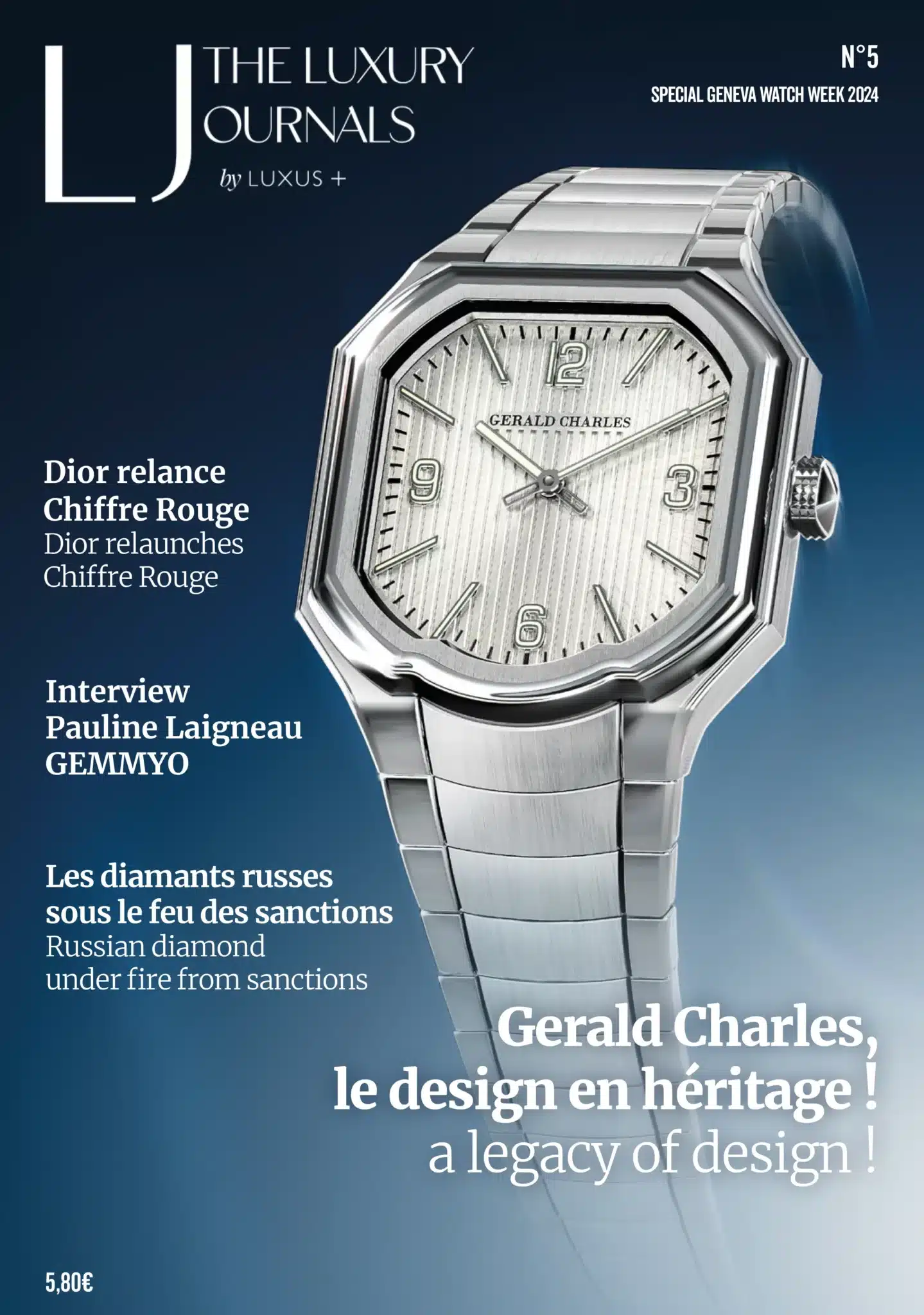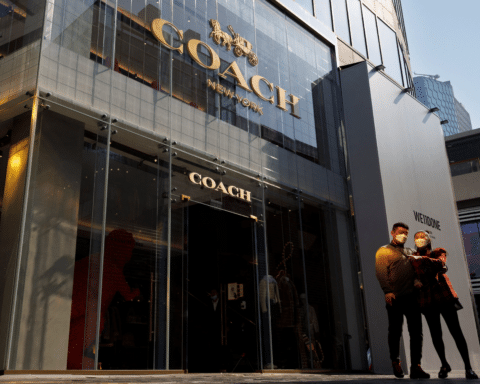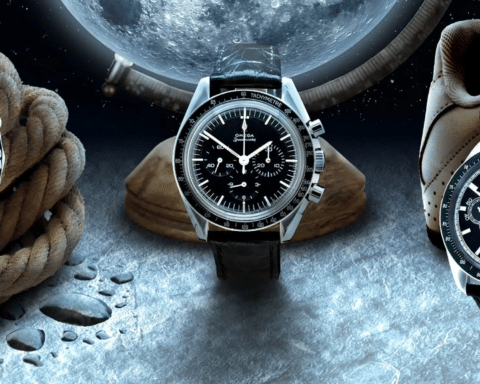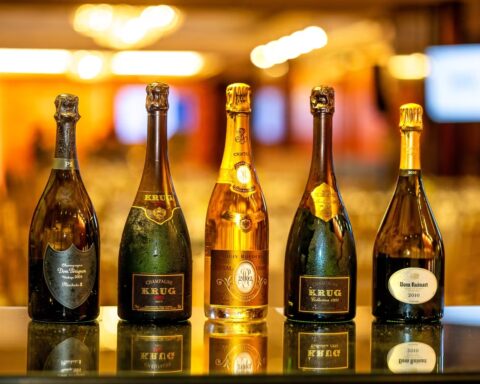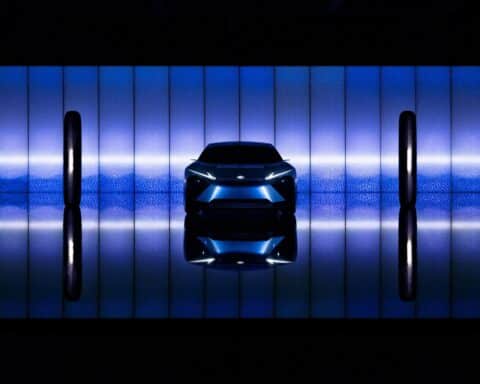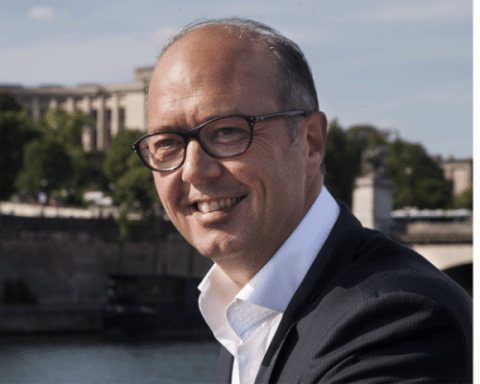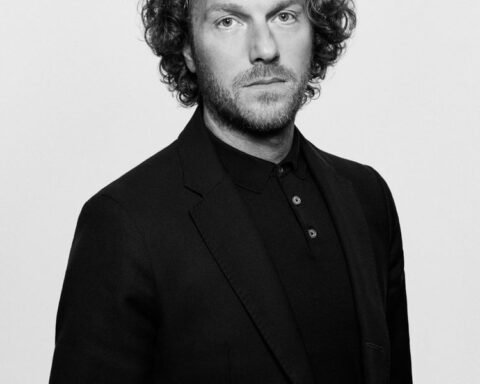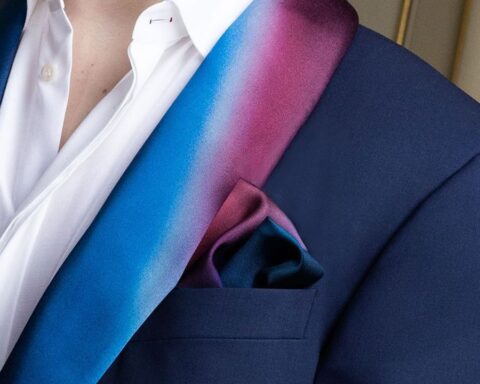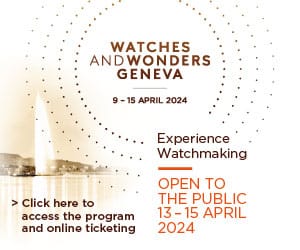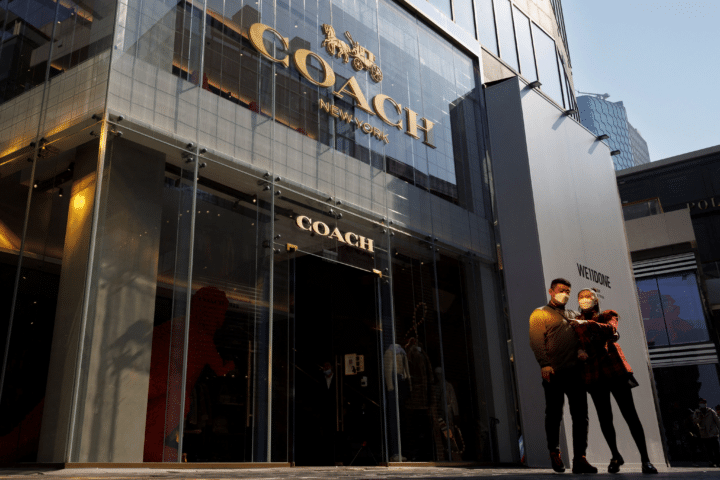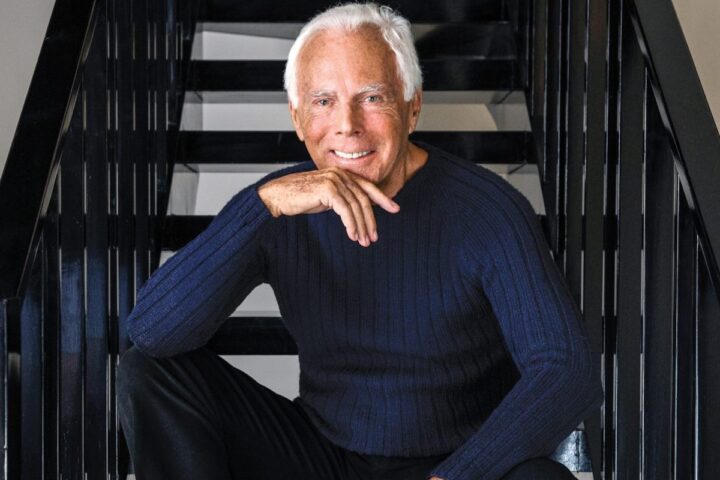[vc_row][vc_column][vc_column_text]
The Cité du Luxe 2020 will be held on March 13 at the EIML (International School of Luxury Marketing), located in the 15th arrondissement of Paris. A real place of exchange, dialogue and debate between generations whose objective is to enrich themselves in contact with professionals and experts in the luxury sector, this day of conferences returns for a 9th edition around the commitment of companies luxury. Your Luxus Plus media, partner of the event, exclusively reveals the surveys carried out by 5th year students in the EIML Paris Masters cycle as part of their exchanges with professionals for the preparation of the event.
By Manon Humen, Léo Matthiau, Garance Tisseau and Pauline Niknam (students in the 5th year of the INI Masters cycle at EILM Paris), under the supervision of Claire Domergue
Innovation, or the process of creation and renewal, has today become one of the major challenges for the development of luxury Houses. It can thus come in different forms: technological, serving the customer experience or even environmental. What are the new commitments of luxury brands in the field of innovation? Is desirability a priority?
When luxury brands want to make innovation part of their “soft power”
Technological innovations are more and more numerous and allow luxury brands which evolve in the world of fashion, cosmetics or watchmaking, to stand out from their competitors.
Dutch fashion designer Iris Van Herpen presented one of her latest “Ludi Naturae” collections with 3D printed pieces. A real technological feat, the stylist gives life to inspiring designs by combining traditional creation and innovative technologies.
At the same time, the cosmetic and perfume industry offers innovations for the manufacturing and composition of its products. This is the case, for example, for certain large houses belonging to the LVMH group such as Dior, Givenchy or Guerlain.
The group’s technological advances in this area have been made possible thanks to the creation of a research center dedicated to the world of beauty. 250 scientists work and meet every day in a laboratory to bring new innovative solutions to the Houses of the world’s number one luxury.
But the world of watchmaking is not to be outdone. For its part, Rolex continually tries to imagine ever more captivating objects. Designed in 2015, Luxus could have been the first luxury connected watch with a touch screen.
Inherited from the elegance of a classic Rolex, the watch would have benefited from the latest technological advances: touch interface and various functions of a smartphone. This technological gem, however, remained conceptual.
It is in any case a conviction and a reality in motion in luxury: innovation makes it possible to create ever more desirable collections.
Technological innovation at the service of the customer experience
But the experience also continues after purchase, especially in luxury. Thus, personalized meetings, invitations to customer events and all other marketing operations are offered with the aim of maintaining a personalized and intimate relationship between the customer and the house. Objective: Build loyalty!
Indeed, service and the customer experience are as precious and important as buying in store. They also have a direct impact on the desirability of the products. Brands are doing everything in their power to strengthen their digital presence. One of the first Houses to innovate in this area was Burberry, under the direction of Christopher Bailey.
For his part, Kenzo has also created hologram parades which she broadcasts in her shops for the attention of her customers. And the House belonging to the LVMH group does not lack initiatives to seduce its customers: “When you enter a Kenzo store you can immediately smell the scent of the last perfume created by the house (it is also possible to perfume yourself) and a playlist is played continuously throughout the day. I think that a brand can always do more to satisfy its customers. By asking customers questions directly about who they want when they enter one of the stores. And digital is of course essential in this area, ”says a sales consultant at Kenzo.
But speed and efficiency of delivery are just as important in this area. The house of Hermès thus offers a delivery service in 3 hours maximum following an order or even click & collect services which are now offered in all points of sale.
Personalization, customer relations and emotion being at the heart of the commitments made by brands, innovation is now at the service of the purchasing process.
Luxury innovation: helping climate challenges
Today, luxury brands must also respond to environmental challenges, particularly in terms of sustainable development. They have a real interest in research and development by taking an interest in the ecological footprint they leave on the world. Their approach is underlined by progress and innovation.
Certain groups such as Kering have participated for example in the creation of a hub. The Materials Innovation Lab lists more than 3000 sustainable textiles.
Kering is developing new solutions in this way in order to minimize and control its impact on biodiversity. The different characteristics and aspects of these raw materials are studied in order to respect the principles of the circular economy.
Still on the fashion market, Kenzo for example has decided for 2 years now to no longer use animal fur.
“The fashion industry in general is one of the most polluting industries on the planet. Luxury brands are starting to realize this and are trying to change their production methods”, explains the sales consultant at Kenzo.
To develop and increase their desirability, luxury brands have chosen innovation to create new experiences and stand out from the competition. And if innovation occurs in all components of the company, this omnichannel technological dimension will be decisive for the future of many fashion and luxury brands, under their flag or absorbed by large groups that have already successfully transformed.
Read also > The city of luxury: “the quest for sense, or how to give meaning to luxury”
[/vc_column_text][/vc_column][/vc_row]


